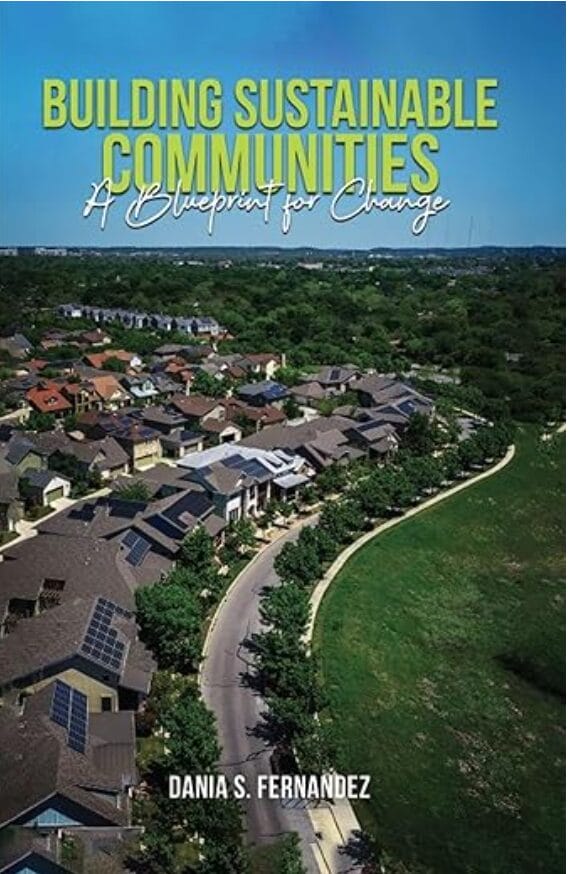
So, you’ve finally found a condo or home community that you really love. From the big pool to the state-of-the-art gem, everything seems to be coming up roses. However, a community without a board these days is very unlikely. So that means, when you buy the property, you’re also agreeing to comply with the rules of the homeowners association or condominium association that runs the development. And if you want to take it a step further and become a member of the association there are other things that apply to you.
By becoming a member, you have agreed to comply with all of the terms, conditions, and restrictions that are within the governing documents of the community guidelines. These guidelines might cover everything from when dues are supposed to be paid to what you can do to the outside of your home (and some cases the inside). It goes without saying that you must take the time to read these documents and thoroughly explore any area that you may have confusion on.
Get Copies, and Lots of Them
So where do you start? You started by getting copies of the governing documents, financials, and meeting minutes. This will give you a clear picture of what is going on within the association and will help you become familiar with the terms and conditions that you will need to abide by. Some of the standard documents that you should review as a member of the association include:
- articles of incorporation
- Declaration of Covenants, Conditions & Restrictions ((“CC&R’s), sometimes called the “Declaration”
- bylaws
- rules and regulations
- a statement of homeowner’s dues
- copies of the financial records (covering at least one previous year), and
- copies of the association’s meeting minutes from the past year or two.
These documents should be provided to you by other members of the association upon becoming a member. If not, you can easily ask and receive these documents.
While it is true that you don’t need to make flash cards and overstudy the material above, you do need to familiarize yourself with these documents and review them to understand the major key points.
However, be sure to look especially hard at what actions (such as raising assessments or creating rules) can be done without a vote of the members. This is important to know.
Lastly, let the CC&Rs be your guide for detailed information about the development, and its operation. Whoever becomes an owner in a development is agreeing to abide by all the rules, restrictions, terms, and conditions found in the CC&Rs.
That is why it is so important to pay attention to the CC&Rs. An example of what could be in your CC&Rs is that no owner is allowed to rent out their property. This is something that is vital to know, and it is also direction for the entire community on what they can and cannot do.
If you need more information as you enter into the HOA world, don’t hesitate to call. We can help you!


We have an owner that wants to be on the BOD. He stirs up trouble by being just an owner. His presentations always cause problems.
Is there any way possible that we can turn down his wishes?
The possibility of denying an owner’s wish to join the Board of Directors (BOD) hinges on the stipulations set out in the governing documents of your association and the relevant Florida statutes. These documents will outline specific qualifications or procedures for board membership and elections, which must be adhered to. In accordance with Florida law, owners generally have the right to run for the board unless they are ineligible based on lawful criteria established in the association’s governing documents.
It’s imperative to approach such situations with caution to avoid infringing on owners’ rights and to prevent potential allegations of discrimination. If an owner’s actions or manner of participation are disruptive, yet they still meet the eligibility criteria, outright denial of their wishes may not be justifiable or legal.
If there are concerns about the owner’s conduct, it’s important to address these through the proper channels and processes as defined by the association’s rules and Florida law. This might involve documenting specific incidents that could potentially disqualify the individual from serving on the board, according to the governing documents or state law.
For a more detailed and tailored recommendation, it would be beneficial to have further context. What specific issues has the owner’s behavior caused? Are there particular actions or disruptions that have been documented? Understanding the precise nature of the problems will aid in determining the best course of action that complies with both the association’s governing documents and Florida statutes.